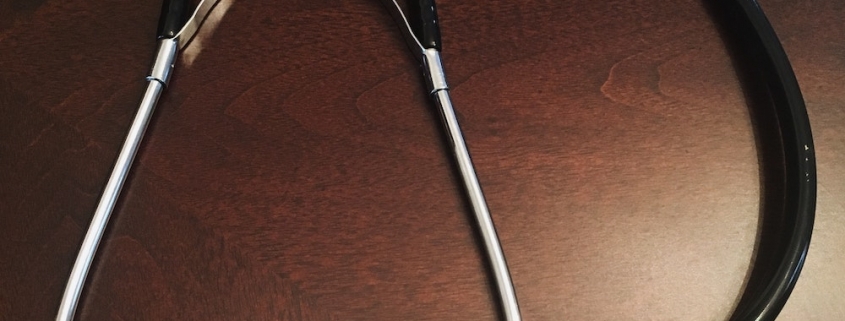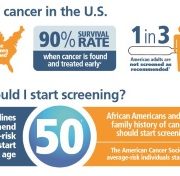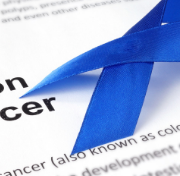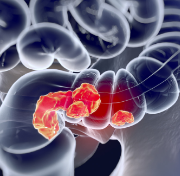What is Jaundice?
Jaundice causes the whites of the eyes, skin, and mucous membranes to turn yellow as a result of heightened levels of bilirubin. Here’s what you need to know about the condition.
Causes and Risk Factors
Jaundice is ultimately caused by bilirubin levels that are too high. Bilirubin is a yellow chemical in hemoglobin, the part of red blood cells that carries oxygen. The body builds new red blood cells when old ones break down, and the liver processes the old cells. When the liver is unable to process these old cells properly, bilirubin builds up in the blood and deposits in the skin. The yellow color of bilirubin is what causes the yellowing of skin in jaundice.
Jaundice is relatively common in newborns- many babies develop it in their first week of life, and it often goes away without issue. In adults, jaundice can be a sign of various problems. These include liver diseases (like alcoholic liver disease, cirrhosis, and hepatitis), blood diseases, infections, blocked bile ducts, and viruses.
Symptoms of Jaundice
There are several symptoms of jaundice that people can experience at different levels of severity. Some people may not even have any symptoms. Ultimately, the symptoms a person experiences will depend upon underlying causes and the speed at which disease develops. In short-term cases, often caused by infections, symptoms typically include fever, abdominal pain, chills, flu-like symptoms, yellowed skin and eye whites, dark urine, and clay-colored stool. If a case is not caused by infection, symptoms can include weight loss and itchy skin. Abdominal pain is also common when pancreatic or bile duct cancers cause jaundice.
Diagnosis
Jaundice is diagnosed through a few different steps. Doctors first perform physical exams to check for signs of liver disease. These signs include yellowing and bruising of the skin, spider angiomas (blood vessels that collect near the skin surface), and palmar erythema (red coloration in the fingertips and palms). They also perform urinalysis to check bilirubin levels in the urine, which can indicate jaundice. They often perform serum testing to confirm findings from urinalysis as well. Additionally, they may want to pursue imaging of the liver through an MRI, CT, or ultrasonography to further confirm any diagnosis.
Treatment and Prevention for Jaundice
Treatment for jaundice entails treating the underlying causes and complications of the condition, as well as any symptoms. For instance, if acute viral hepatitis is a cause, it will go away as your liver heals. Treatment may entail treating the hepatitis symptoms. Surgery can help unblock bile ducts in cases of blocked ducts. A drug called cholestyramine can be used to limit itching if itchy skin is a symptom.
Preventing jaundice entails preventing the various underlying causes. This means that limiting alcohol intake, avoiding hepatitis infection, and maintaining a healthy weight and cholesterol levels can all reduce your risk.
Our experienced team at GHP has years of experience treating conditions including jaundice. We can help establish the best plan of care for your situation. Contact any of our office locations to learn about the options we offer and schedule an appointment today.













